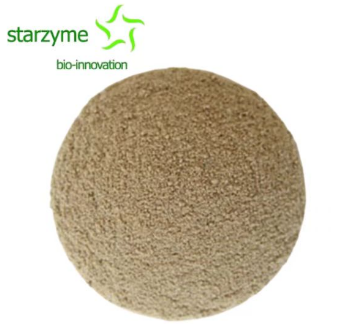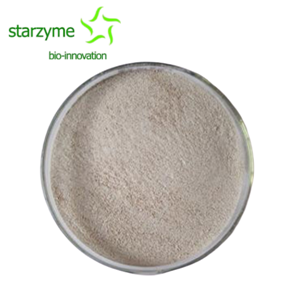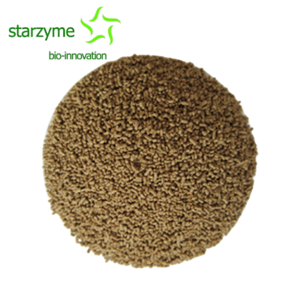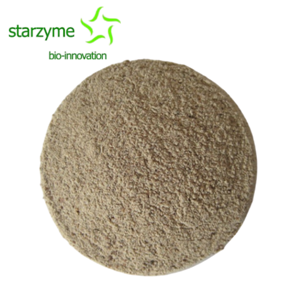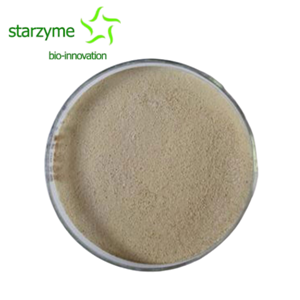What is Bacillus licheniformis?
Bacillus licheniformis has a rod-shaped and solitary cell morphology and arrangement, which can adjust the imbalance of bacterial flora to achieve therapeutic purposes. It promotes the production of antibacterial active substances in the body, and kill pathogenic bacteria. Furthermore, it can produce bioactive substances and has a unique biological oxygen scavenging mechanism, which can inhibit the growth and reproduction of pathogenic bacteria.
Bacillus licheniformis is a common Gram positive thermophilic bacterium found in soil. This bacterium can also be found in the feathers of birds, especially those living on the ground (such as sparrows) and aquatic birds (such as ducks), particularly in their chest and back feathers. The optimal temperature for enzyme secretion is 37 ℃. It can exist in the form of spores, thus resisting harsh environments; In a good environment, it can exist in a growth state. Bacillus licheniformis can adjust the imbalance of bacterial flora to achieve therapeutic goals, promote the production of antibacterial active substances in the body, and kill pathogenic bacteria. Finally, Bacillus licheniformis can produce bioactive substances and has a unique biological oxygen scavenging mechanism, which can inhibit the growth and reproduction of pathogenic bacteria.

